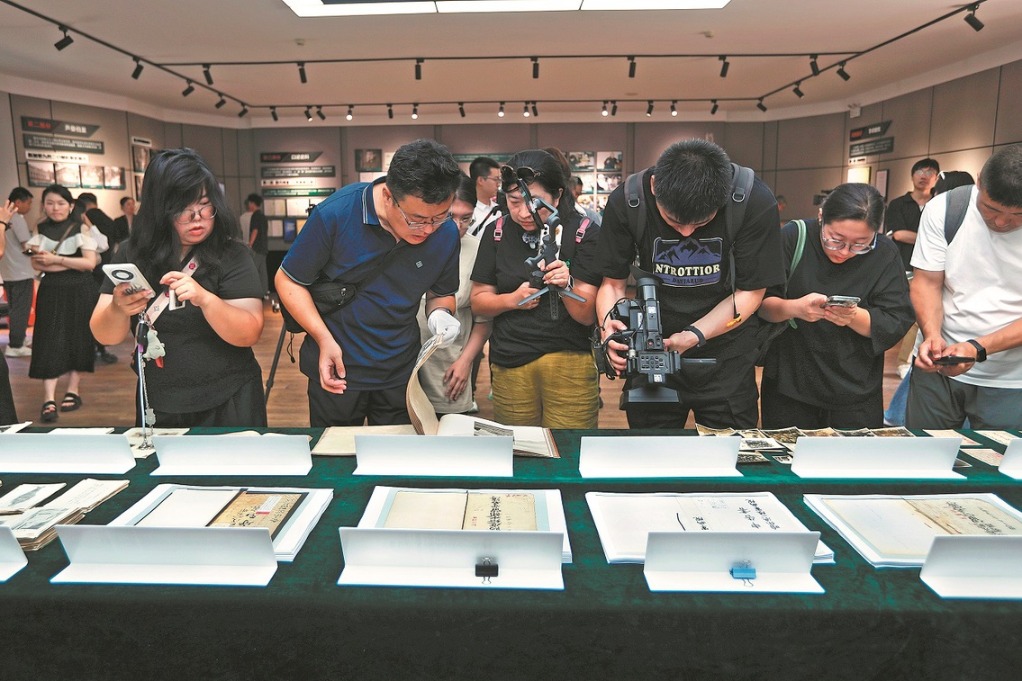Key facilities enable scientific advancement
75 years of development sees country rise from tech laggard to leader


A key project being undertaken is the X-ray brain imaging research being conducted at the Shanghai Synchrotron Radiation Facility. It is expected to complete the first mesoscale neural connectivity map of the human brain in about three years, providing a breakthrough research tool for neuroscience.
The Shanghai Synchrotron Radiation Facility has 34 beamlines and 46 experimental stations open to users, catering to cutting-edge basic research in multidisciplinary fields such as life sciences, materials science and medicine, according to the Shanghai Advanced Research Institute.
It has become a significant technological infrastructure with the highest number of beamlines, widest coverage of energy range and most diverse experimental methods among third-generation medium-energy synchrotron radiation facilities worldwide, the institute said.
Gao Fu, a renowned Chinese immunologist and microbiologist who is an academician of the Chinese Academy of Sciences has nothing but praise for the facility.
"The Shanghai Synchrotron Radiation Facility has played a significant role in my scientific research, the transformation of scientific research results into technology, and the conversion of technology into products. From my research on emerging infectious diseases and immunology, it has played a very important role in China's scientific development in the 21st century," he said.
In June 1962, Derek John de Solla Price, a scientist from the United States, proposed the concept of "big science". The characteristics of big science include grand goals, massive investments and interdisciplinary collaboration. Big scientific facilities are essential infrastructure for contemporary scientific development, reflecting a country's or region's research capabilities.
China's construction of large scientific facilities can be traced back to the late 1970s with the building of the Beijing Electron-Positron Collider.
To advance high-energy physics, in 1972, 18 scientists including Zhang Wenyu and Zhu Hongyuan wrote a letter to then-premier Zhou Enlai.
























